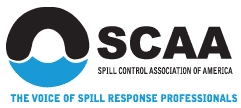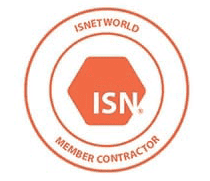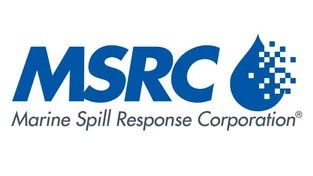Environmental remediation is the meticulous cleaning of pollution or contamination from soil, water, or air. It involves assessing the extent of the contamination, developing strategies to mitigate it, and restoring the affected environment to a healthy state. Remediation methods typically include physical removal, chemical treatment, or biological processes, depending on the type and severity of the contamination.
This article will examine the importance of environmental remediation and the solutions offered by Hull’s Environmental Services.
Goals of Environmental Remediation
Discussed below are the primary goals of environmental remediation services:
Protecting Human Health
Contaminated sites may contain substances that can cause adverse health effects if ingested, inhaled, or absorbed through the skin. By removing or containing these pollutants, remediation techniques mitigate health risks for nearby communities, workers, and future generations. This goal aligns with public health initiatives to ensure a safe and healthy living environment for all individuals.
Restoring Environmental Quality
Through remediation efforts, damaged ecosystems can recover and natural resources can regain their ability to support biodiversity and ecological functions. This restoration contributes to the preservation of natural habitats and the promotion of sustainable environmental practices. It also enhances ecosystem function, such as water purification, soil fertility, and climate regulation.
Preventing Further Contamination
Aside from addressing existing pollution, environmental remediation aims to prevent further spread or exacerbation of contamination. This proactive approach helps to mitigate risks to human health and the environment, as well as potential legal liabilities related to pollution. Implementing preventive measures as part of environmental remediation efforts can also lead to cost savings over the long term.
Facilitating Property Reuse
Once pollutants are eliminated or reduced, previously unusable land can be repurposed for productive uses. Environmental remediation services can revitalize damaged properties for use and redevelopment. This helps to revive the economy, establish communities, and create opportunities for green spaces and recreational activities.
Engaging Stakeholders and Communities
Remediation projects often involve engaging local communities, government agencies, organizations, and industry stakeholders. This open communication and collaboration can address community concerns, incorporate diverse perspectives, and build trust among stakeholders. The approach boosts the effectiveness and acceptance of remediation efforts, leading to more successful outcomes.
Our Environmental Remediation Services
Hull’s Environmental Services leverages the following strategies for effective and efficient environmental remediation:
- Brownfields remediation: cleaning up abandoned or underutilized properties contaminated by hazardous substances for redevelopment
- Coal combustion byproduct (fly ash) management: handling and disposal of residues produced from coal combustion processes to minimize environmental impacts
- Contaminated soil excavation: removing polluted soil from sites to reduce exposure risks and restore ecological quality
- Dredging/sediment remediation: removing contaminated sediments from water bodies to improve water quality
- Environmental containment: preventing the spread of contaminants by isolating them within engineered barriers or structures
- Environmental restoration: rehabilitating ecosystems and habitats to promote biodiversity and ecological balance
- Facility decontamination/demolition: cleaning and dismantling structures contaminated with hazardous materials
- PFAS/PFOA: addressing per- and polyfluoroalkyl substances to safeguard public health and protect the environment from harmful chemical contaminants
- Landfill cell cap and construction: covering and constructing engineered barriers over landfill cells to contain and manage waste
- MGP site restoration: remediation of former manufactured gas plant sites contaminated with hazardous substances
- PCB testing, removal, and remediation: assessing, removing, and remediating polychlorinated biphenyl (PCB) contamination to prevent health and environmental risks
- Pit, pond, and lagoon closure: closing and rehabilitating pits, ponds, or lagoons contaminated with pollutants to avoid further ecological degradation
- Soil stabilization, solidification, and mixing: treating contaminated soil to improve its physical properties and reduce leaching of pollutants
- UST/AST tank removal: removing underground storage tanks (USTs) or aboveground storage tanks (ASTs) to prevent leaks and soil contamination
- Vacuum excavation and extraction: using vacuum technology to safely excavate and remove contaminated materials from sites
Reach Out to Hull’s Environmental Services for Expert Remediation Solutions
At Hull’s Environmental Services, we offer comprehensive solutions for your remediation, restoration, and redevelopment project needs! With over 35 years of industry experience, our team has the expertise and resources to handle any environmental challenge. We are also strategically positioned to serve clients nationwide with locations throughout Florida, Texas, Tennessee, Georgia, and Oklahoma.
Contact us today or request a quote to get started!












